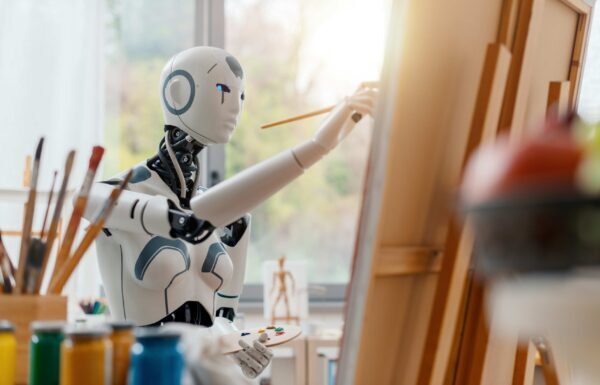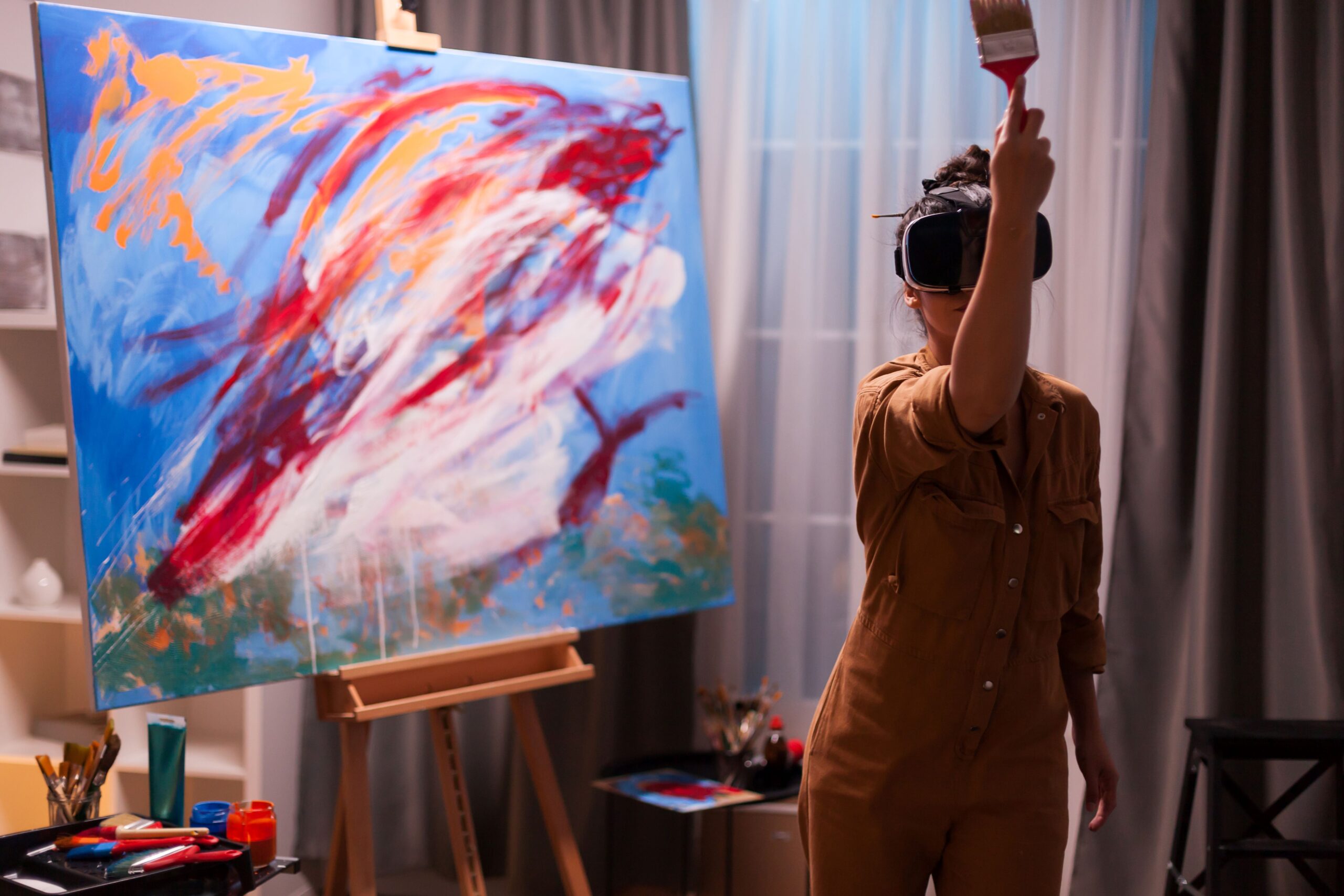
The stage is dimly lit. A woman is moving in the center. Each step is precise, each turn measured. Opposite her is a robot that repeats her movements with the same precision. Instead of musical accompaniment, there are the sounds of mechanisms controlling the movement of metal. This dance is not accidental but the result of purposeful interaction between man and machine. It was created and performed by Merritt Moore, a physicist, professional ballerina, and lecturer at NYU Abu Dhabi.
Her career exemplifies how two seemingly incompatible fields can complement each other. Moore was educated at Harvard and Oxford and has performed on professional ballet stages. However, she had to hide one side of herself for many years. Her academic colleagues questioned her commitment to physics, while her passion for science was met with skepticism in the ballet world.
Only at NYU Abu Dhabi did Moore find an opportunity to pursue both fields simultaneously. She is a professor of practice and teaches a course on the creative application of robotics. This course allows students to learn the basic programming principles, become familiar with machine learning technologies, and apply technical knowledge in a traditional setting.
Robots as Teaching Tools
In the first class, Moore brings a collaborative robot to the classroom. Many students encounter it for the first time, and some have never worked with code before. Moore does not explain the theory right away. She invites students to experiment, connect the robot to a music console, and try to make it play rhythms. Students develop a basic understanding of the technology through tasks like these without pressure or excessive formalization.
This approach is based on one of the principles of modern pedagogy: learning should combine a theoretical foundation with practical application. Technology ceases to be an abstract concept. It becomes a tool that can be used, experimented with, and adapted to suit one’s ideas.
Moore began practicing dance with robots during the pandemic. When access to stages was closed and partners were unavailable, she chose a different solution. Instead of a human, she found herself with an automated mechanism. This choice was driven not only by necessity, but also by a desire to explore new forms of interaction. Dance became a way of analyzing how humans perceive machines, how machines respond to movement, and where the line between control and collaboration lies.
From Experiment to Global Platform
Dancing with a robot became a public statement. Moore has performed at international conferences, including the World Economic Forum and AI for Good in Geneva. She has participated in exhibitions, science labs, and theater productions. The same idea resonated in each of these spaces: technology can work in tandem with art. Art helps us make sense of the challenges of the technological age.
In these projects, Moore reveals a new model of education built on integrating several disciplines. Her method allows students and professionals to learn programming, gain a deeper understanding of technological tools, and creatively express themselves.
At the heart of her approach are four working principles:
- Practice shapes understanding. Students have access to equipment from the first class and start experimenting immediately.
- The creative process facilitates the mastery of complex concepts. Robots move to the rhythm of music and become full-fledged participants in performances.
- Responsibility requires discussion. Each project involves questions about ethics, the limits of intervention, and the role of humans.
- Freedom breeds trust. The classroom becomes a space where unique ideas are valued and independence is supported.
Moore shows that technology and art can speak the same language. Her journey exemplifies how an individual’s position can change institutions and how unconventional thinking leads to sustainable results.
New Forms of Human Interaction
Moore’s work goes beyond teaching. She participates in the public discussion about the future of technology. Her projects raise issues of autonomy, trust, physicality, and emotional response. Dance becomes a way to ask the question: How do we perceive artificial intelligence if it can move like a human, respond to touch, and remember rhythms?
These questions are essential in the context of a rapidly changing digital environment. Moore suggests viewing technological development not as a set of threats, but as an opportunity for deep analysis of human nature. Interaction with machines becomes a mirror that reflects our ideas about control, dependence, and mutual understanding.
The Future Created Today
The question of what tomorrow holds is no longer abstract. Robots already dance, recognize voices, coordinate movement in space, and interact with audiences. Soon, they can participate in performances, create music, and engage in dialogue with the public. Art involving them will become not an illusion of the future, but a form of the present.
These changes require us to rethink the concepts of participation, authorship, and emotion. What does it mean to be a spectator if one of the performers is a machine? Can we talk about collaborative creation if the partners follow different logics? Where is the line between expression and programming?
Moore suggests looking for answers in experience. Through movement, mistakes, and observation. Instead of fear of the new, there is a willingness to explore. Instead of searching for the perfect formula, there is an interest in the process.
And if tomorrow a troupe consisting of people and machines appears in the theater, it will be a perfectly logical step, not because technology is winning but because people are learning to see it not as a threat but as a partner.
Conclusion
Moore’s story is about the freedom to be oneself. It shows that the intersection of disciplines can give rise not to conflict but to synergy, that science and art are not different paths but two lines that converge at a point of meaning.
This point is critical today. In a world where everything is changing faster and faster, the ability to think outside the box, learn continuously, and see in every new tool not only functionality but also space for expression is becoming increasingly valuable.
This is how a generation that is ready to use and shape technology is formed.